I was a painting student in Madrid when, in 2007, I moved to London with an Erasmus grant. It was in the UK where I was taught “contemporary art” and became fascinated with conceptual and appropriation practices. Without a space and materials to paint, I started wandering around the city photographing pieces of furniture abandoned in the streets and began to observe and feel intrigued by how people gave value to certain things and discarded others. One day, I clandestinely covered with white linens the furniture of a stand in one IKEA store and understood the connection between the display of objects and their commodification and how, through my work, I could intervene with gestures in already existing situations. This experience provoked me a great feeling of danger, excitement and self-exposure that I wouldn´t get anywhere else. I started to conceal all sorts of goods from catalogues and magazines using correction fluid and, one day, a person asked me if I would erase an Anish Kapoor sculpture from the page of an art magazine. It took me a whiIe to assimilate that challenging question. I remembered I could paint. My next work consisted in painting out art objects from museum postcards; some of these artworks were really important to me. Since then, I began to question myself, though the making of interventions, drawings, publications, videos, paintings and installations, what does it mean to make and experience art today and if it is still possible to do so under our current conditions. I am not sure my activity can be defined as art. I sometimes feel closer to an art critic or an ethnographer who thinks and asks questions through making, intervening, rearranging and collecting images and objects and presents her investigations in the art context.
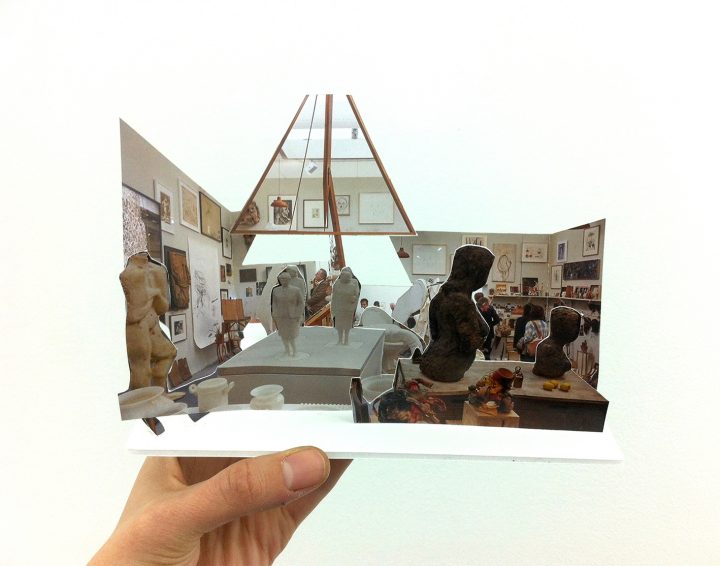
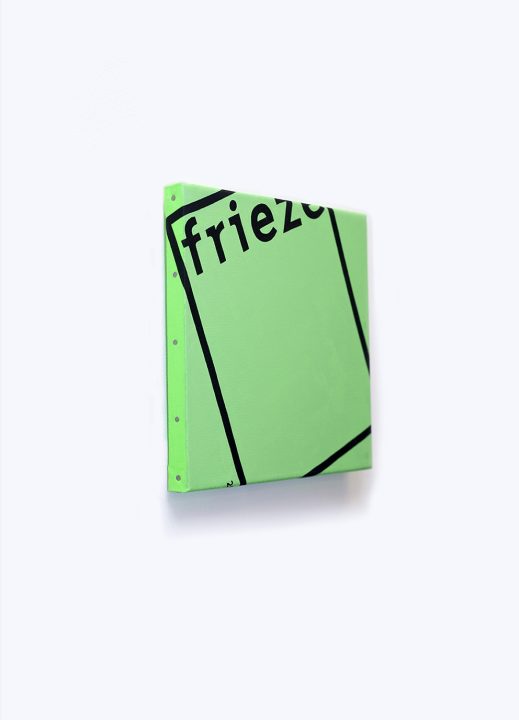
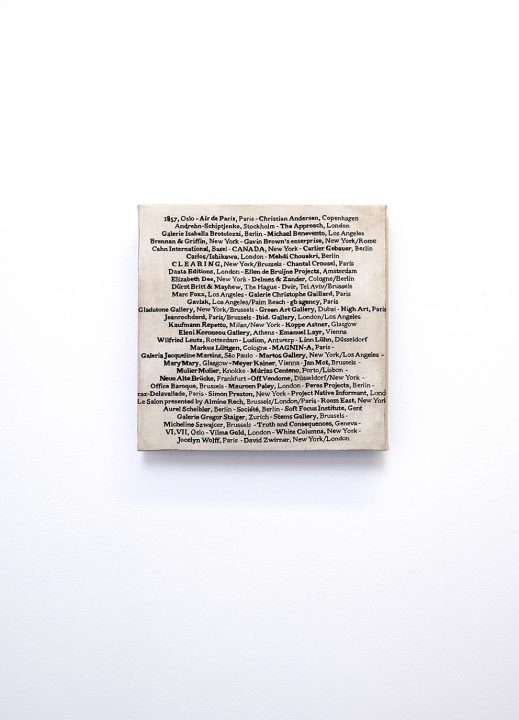
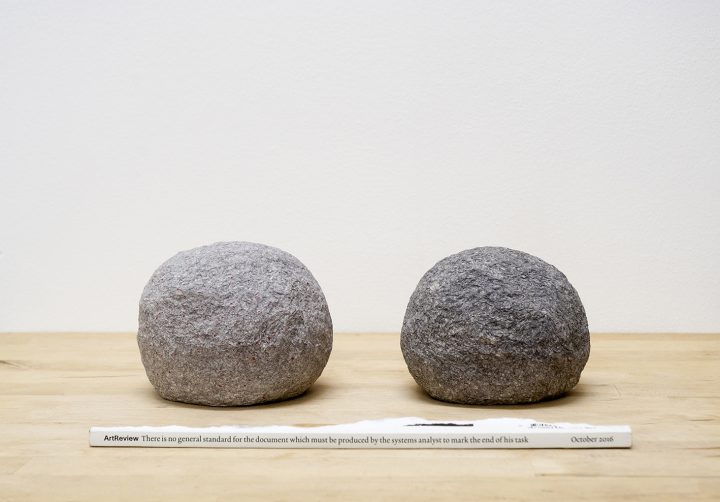
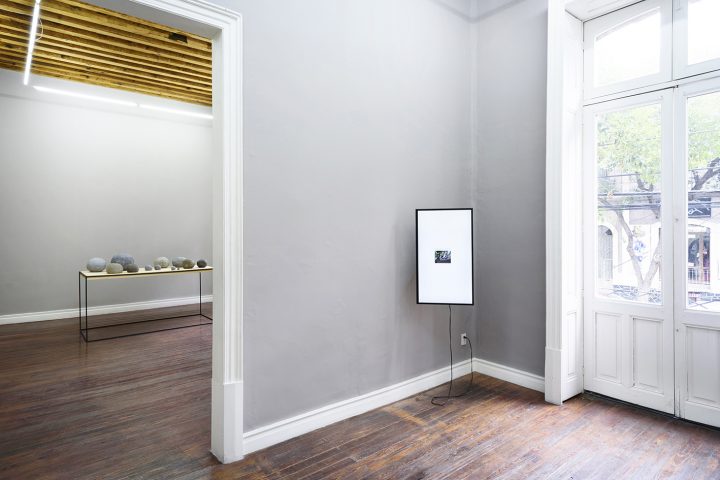
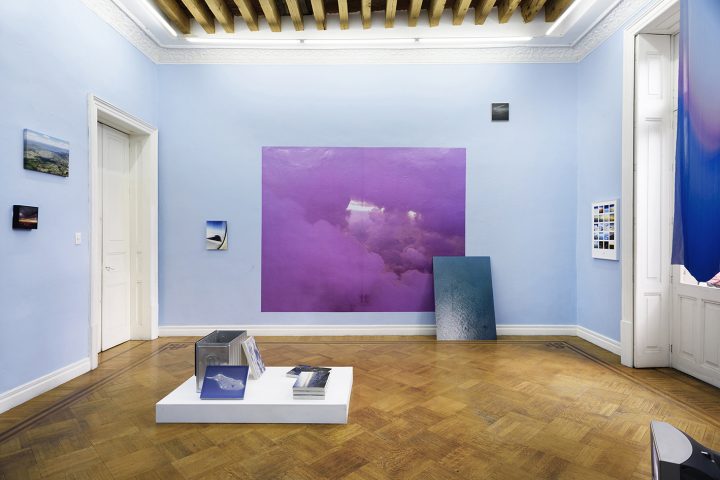
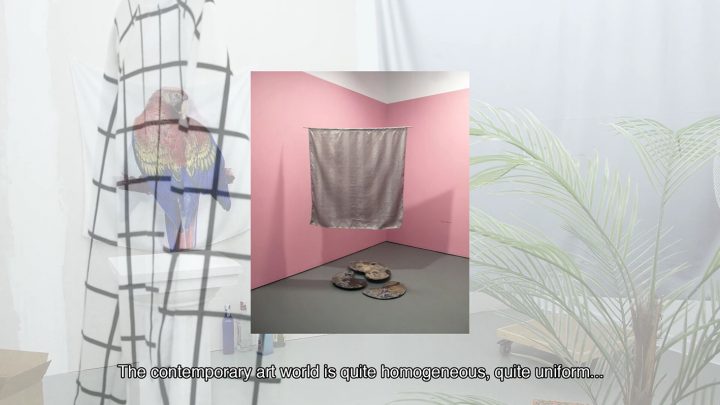
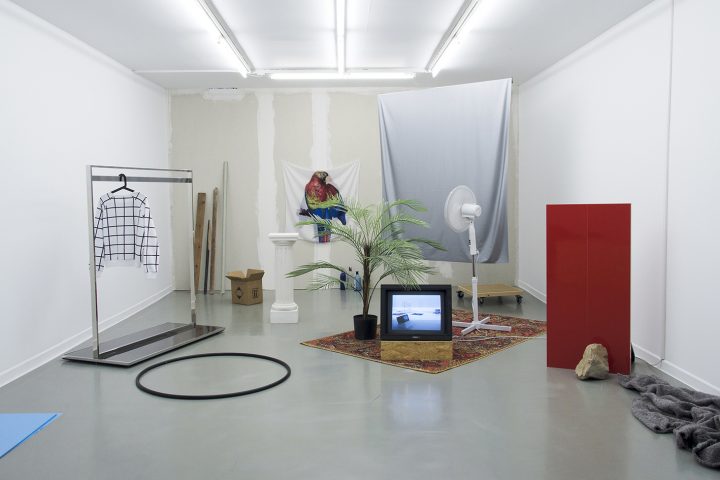
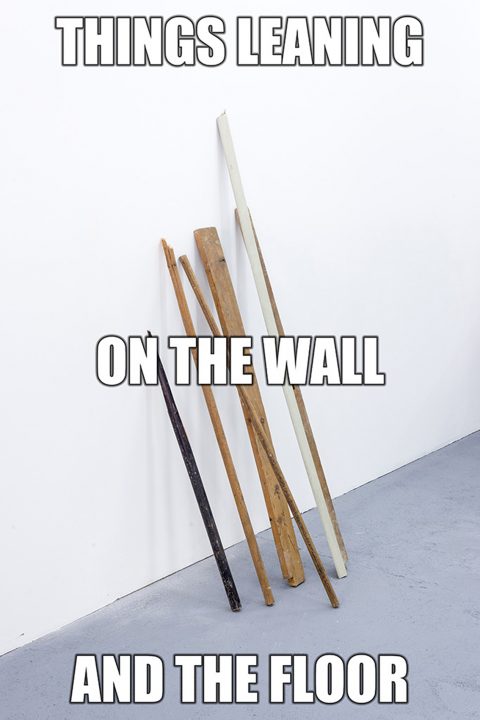
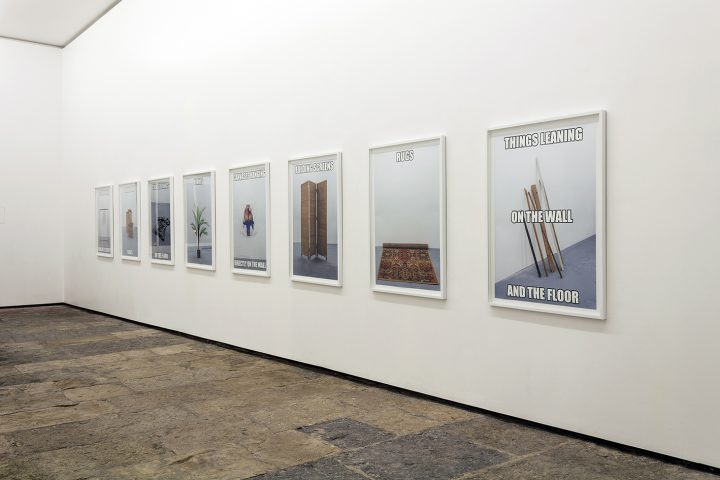
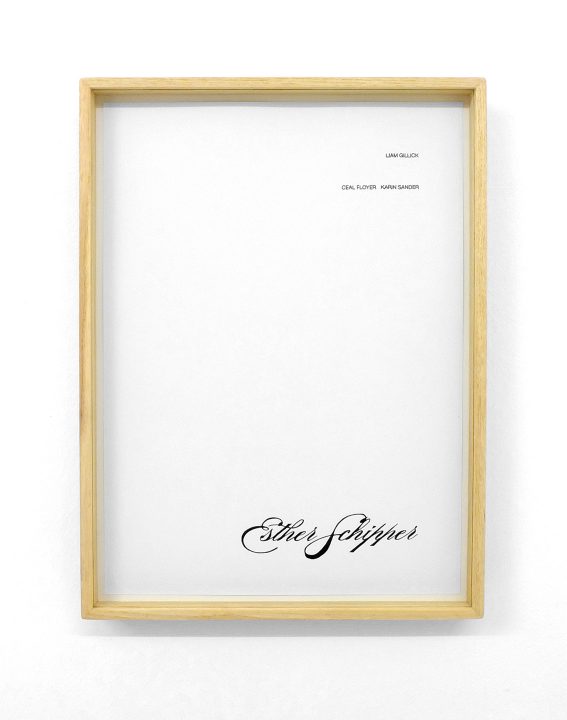
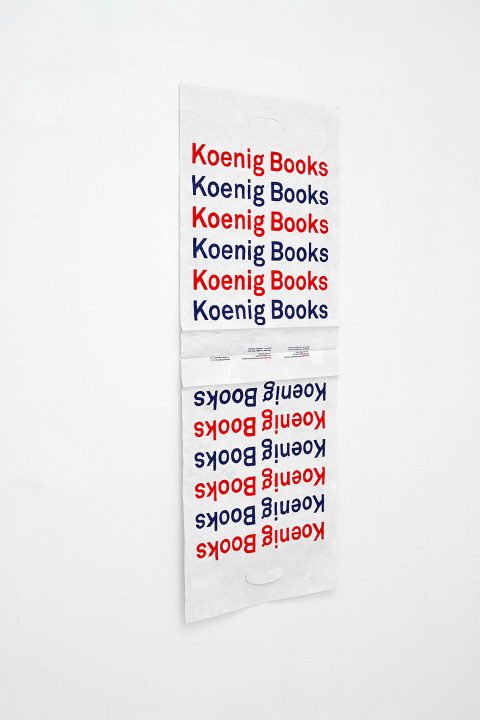
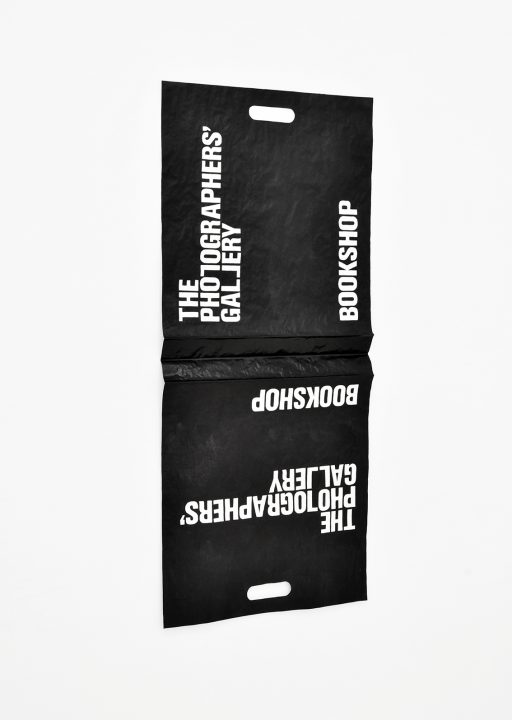
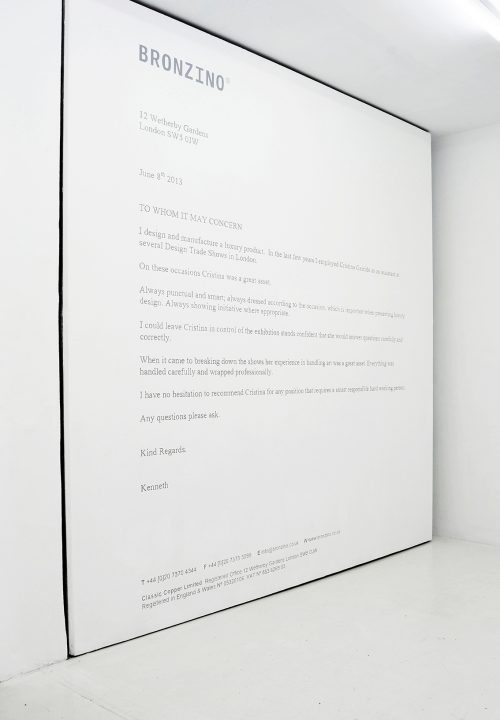
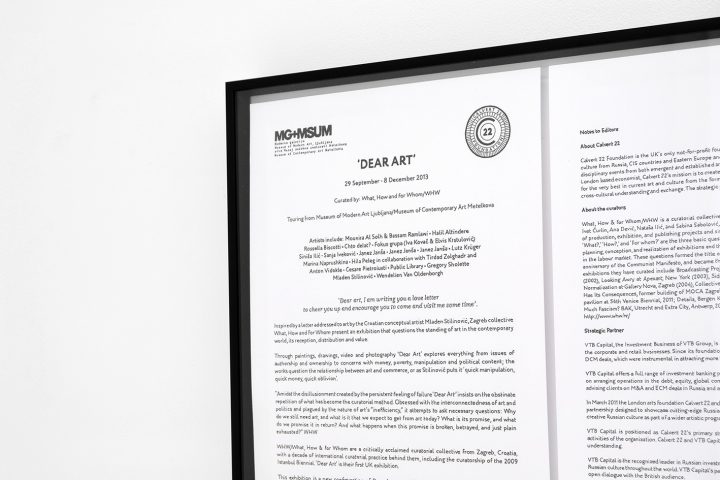
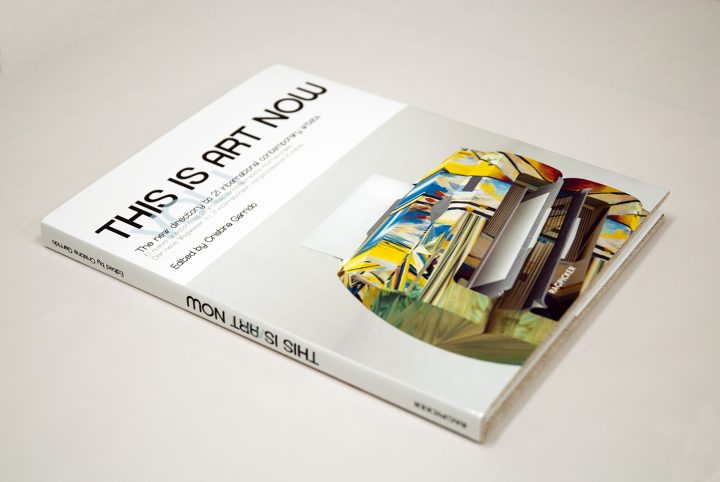
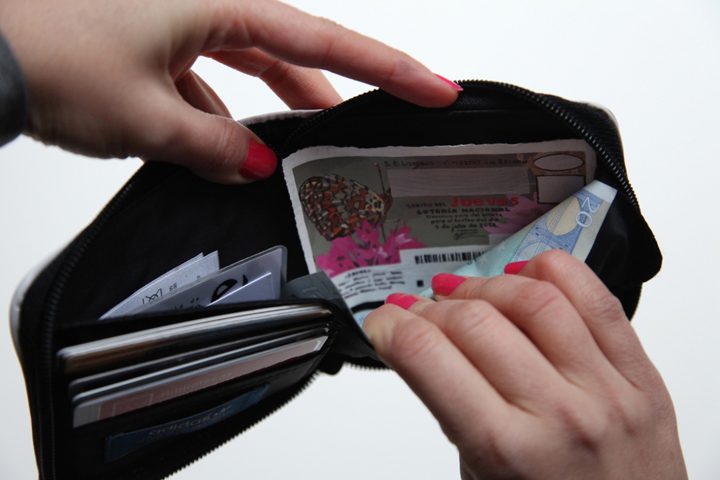
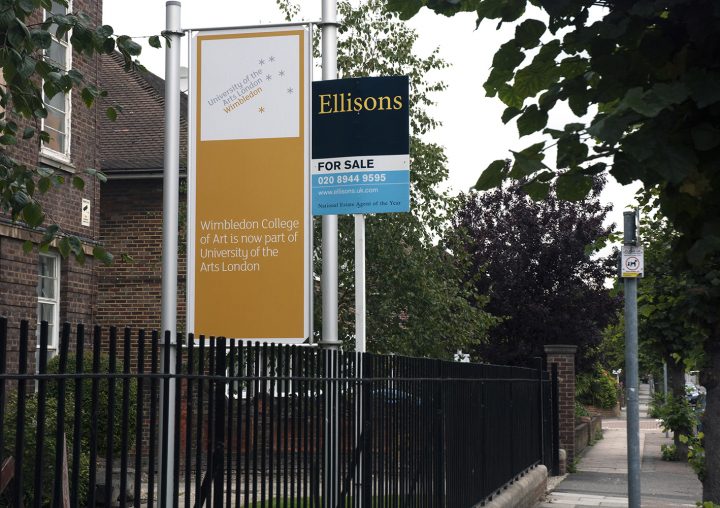
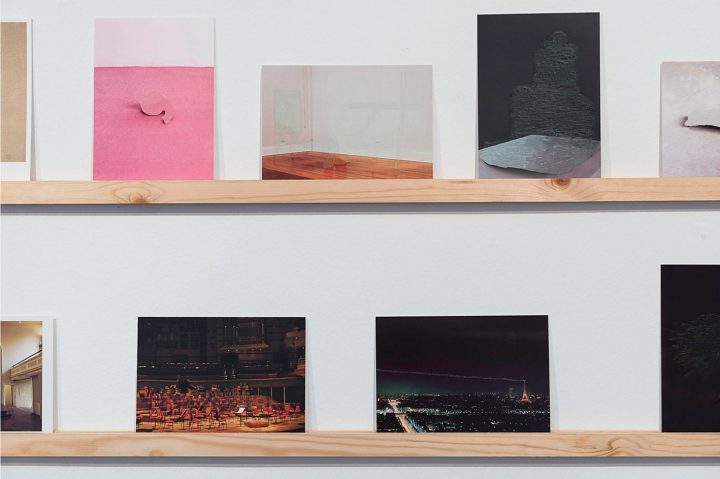
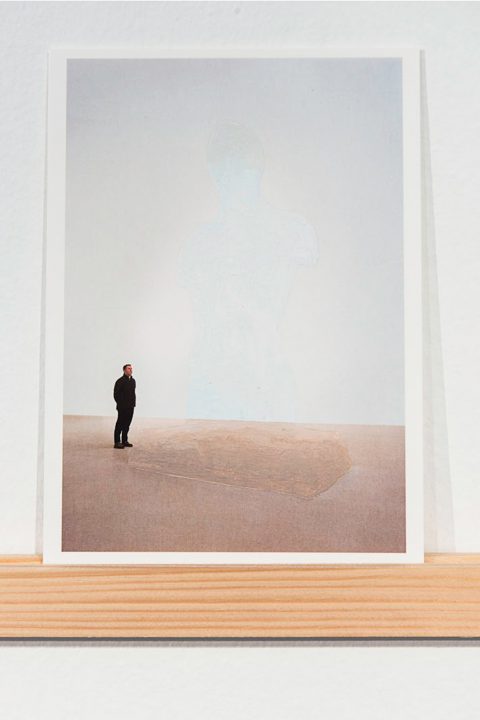

 Español
Español